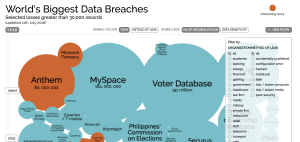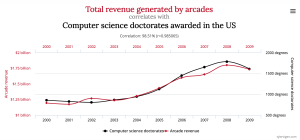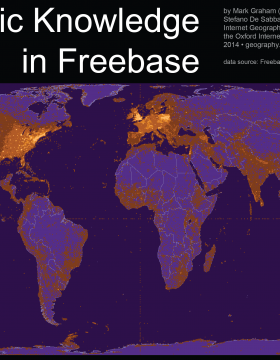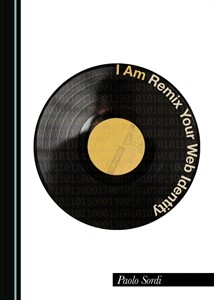I’ve just come back from the Chicago Colloquium on Digital Humanities and Computer Science at the University of Illinois, Chicago. The Colloquium is a great little conference where a lot of new projects get shown. I kept conference notes on the Colloquium here.
I was struck by the number of sessions of papers on mapping projects. I don’t know if I have ever seen so many geospatial projects. Many of the papers talked about how mapping is a different way of analyzing the data whether it is the location of eateries in Roman Pompeii or German construction projects before 1924.
I gave a paper on “Information Wants to Be Free, Or Does It? Ethics in the Digital Humanities.”





